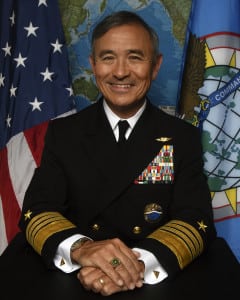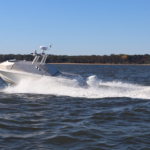
U.S. Pacific Command (PACOM) falls far short of the intelligence, surveillance and reconnaissance (ISR) assets it needs to keep close tabs on potential adversaries in its area of responsibility, according to PACOM’s commander.Only about “a tenth of my requirements are fulfilled,” Navy Adm. Harry Harris testified before the Senate Armed Services Committee April 27. “I don’t have what I need. I don’t have the ability to persistently watch my adversaries all over the Indo-Asia-Pacific -- over half the globe --…

 By
By 










